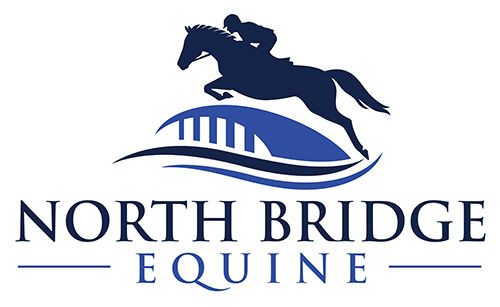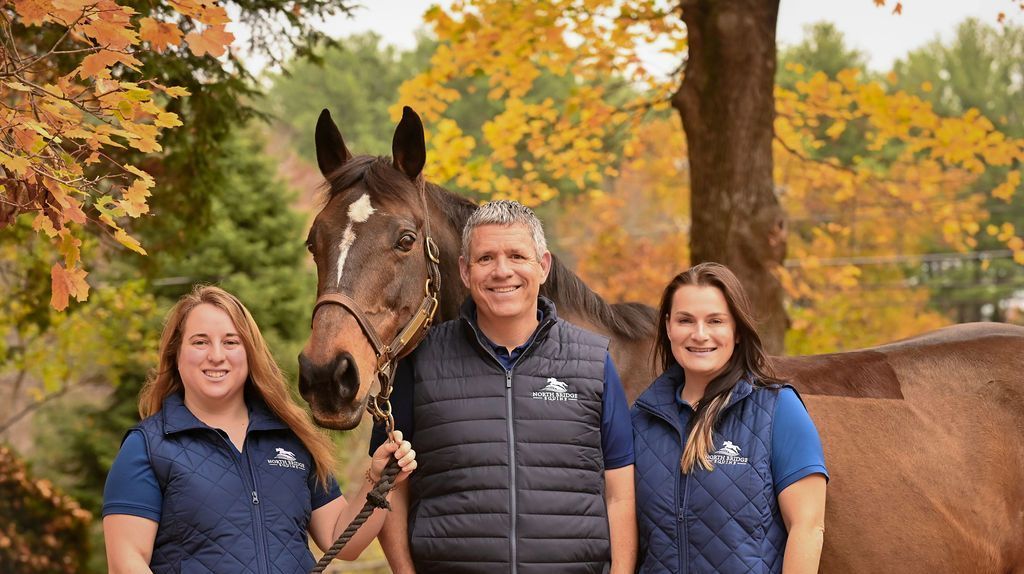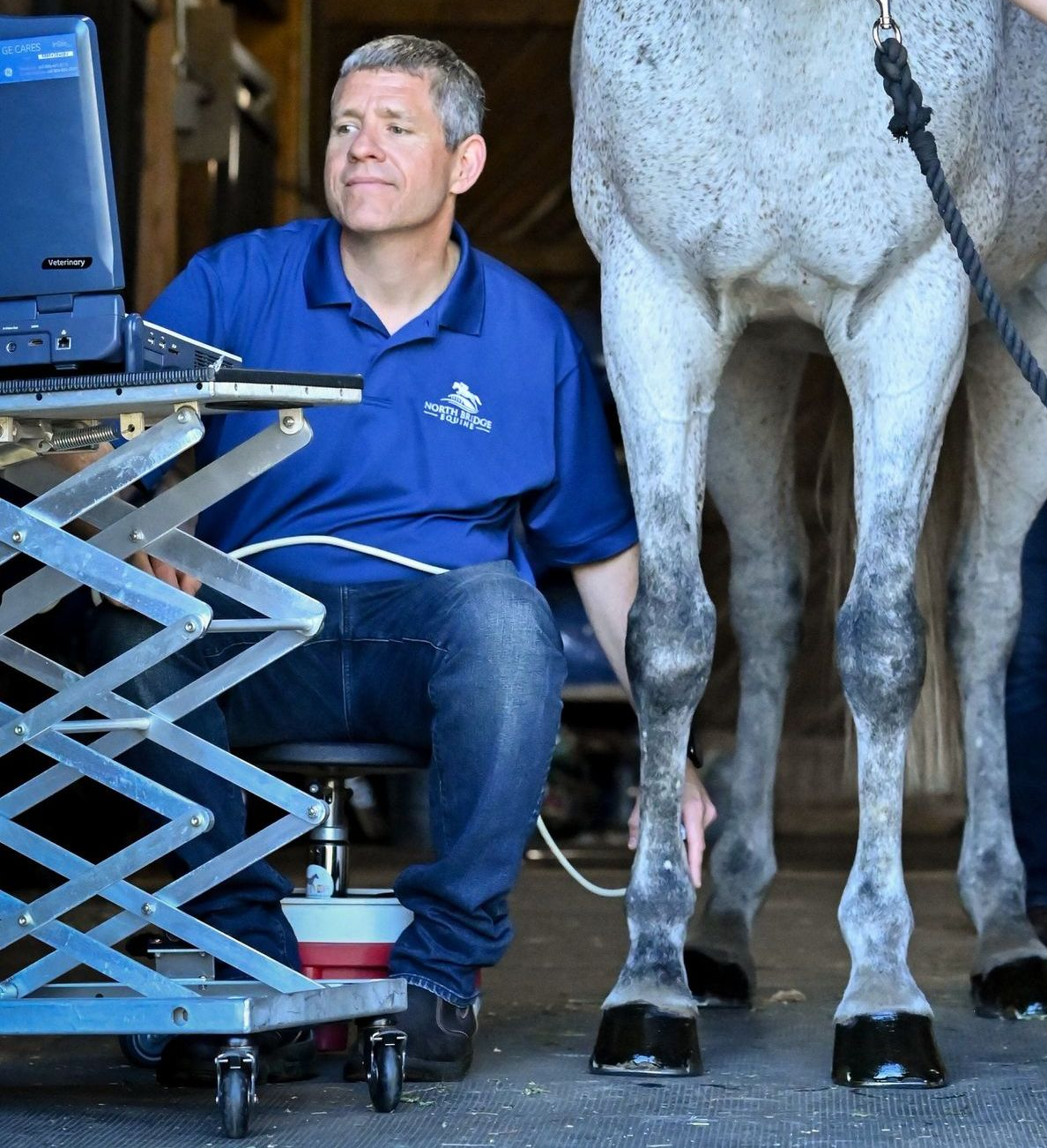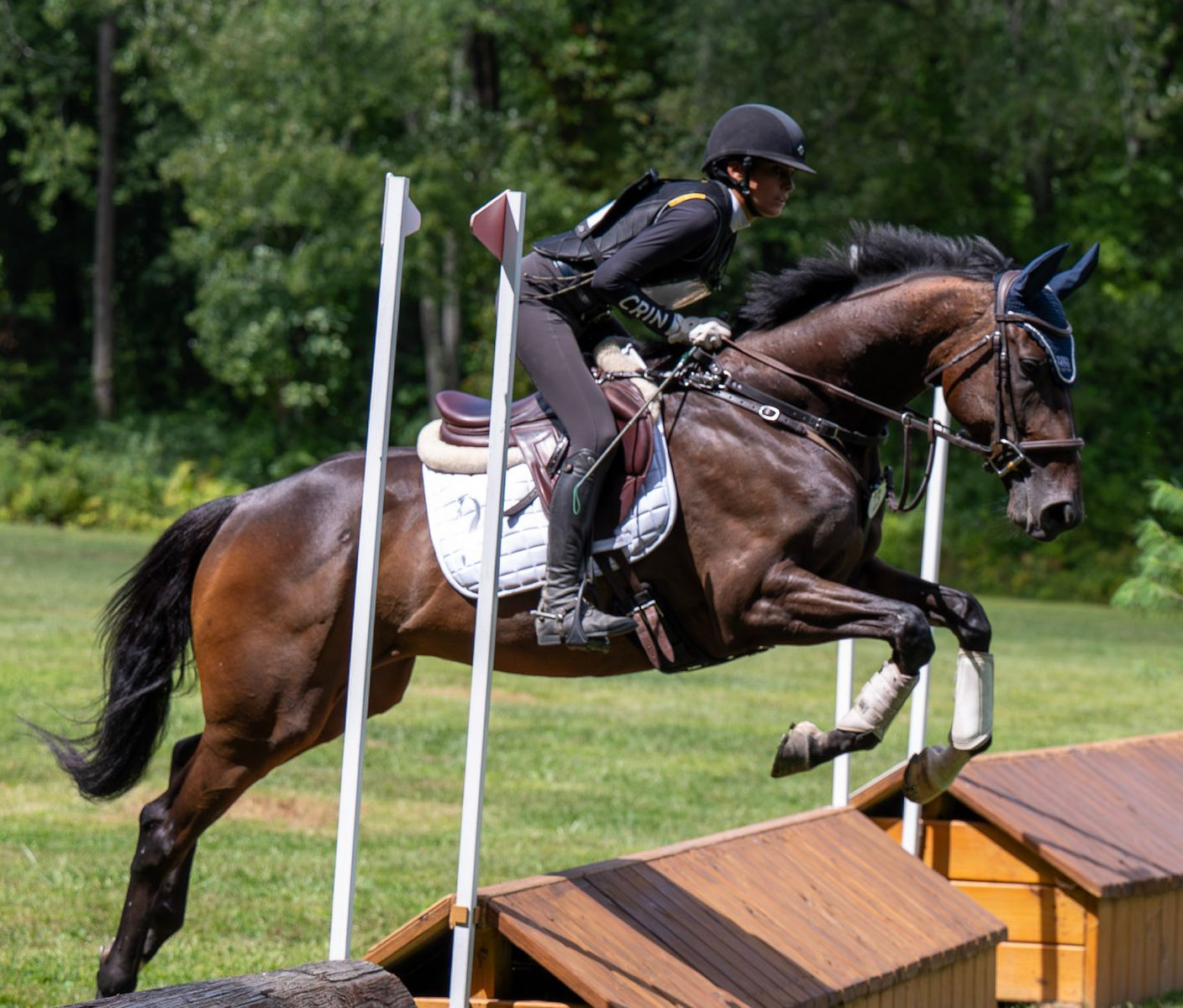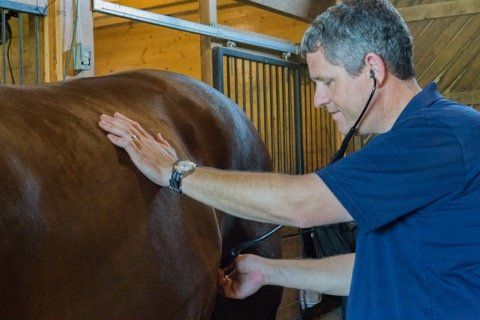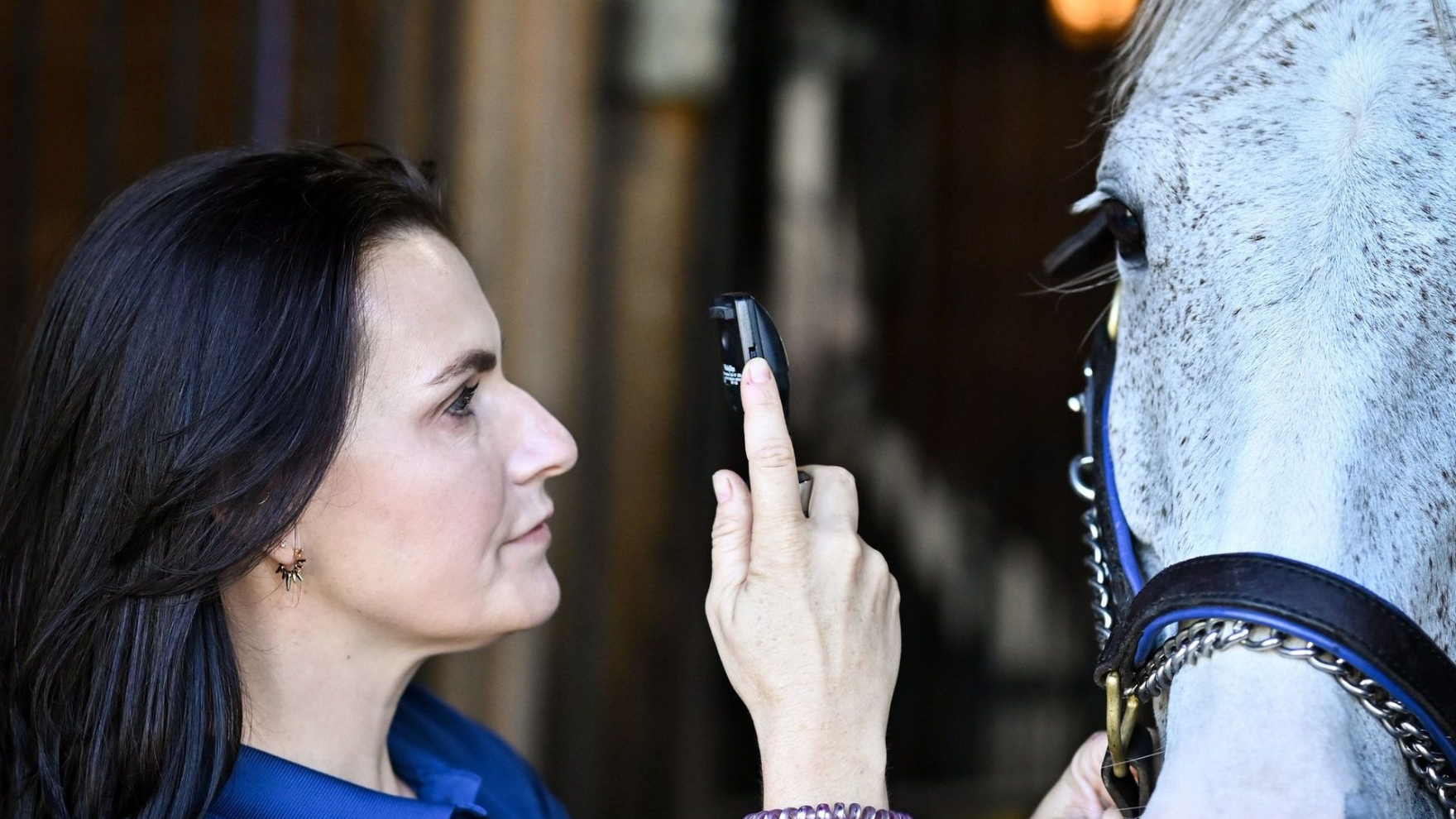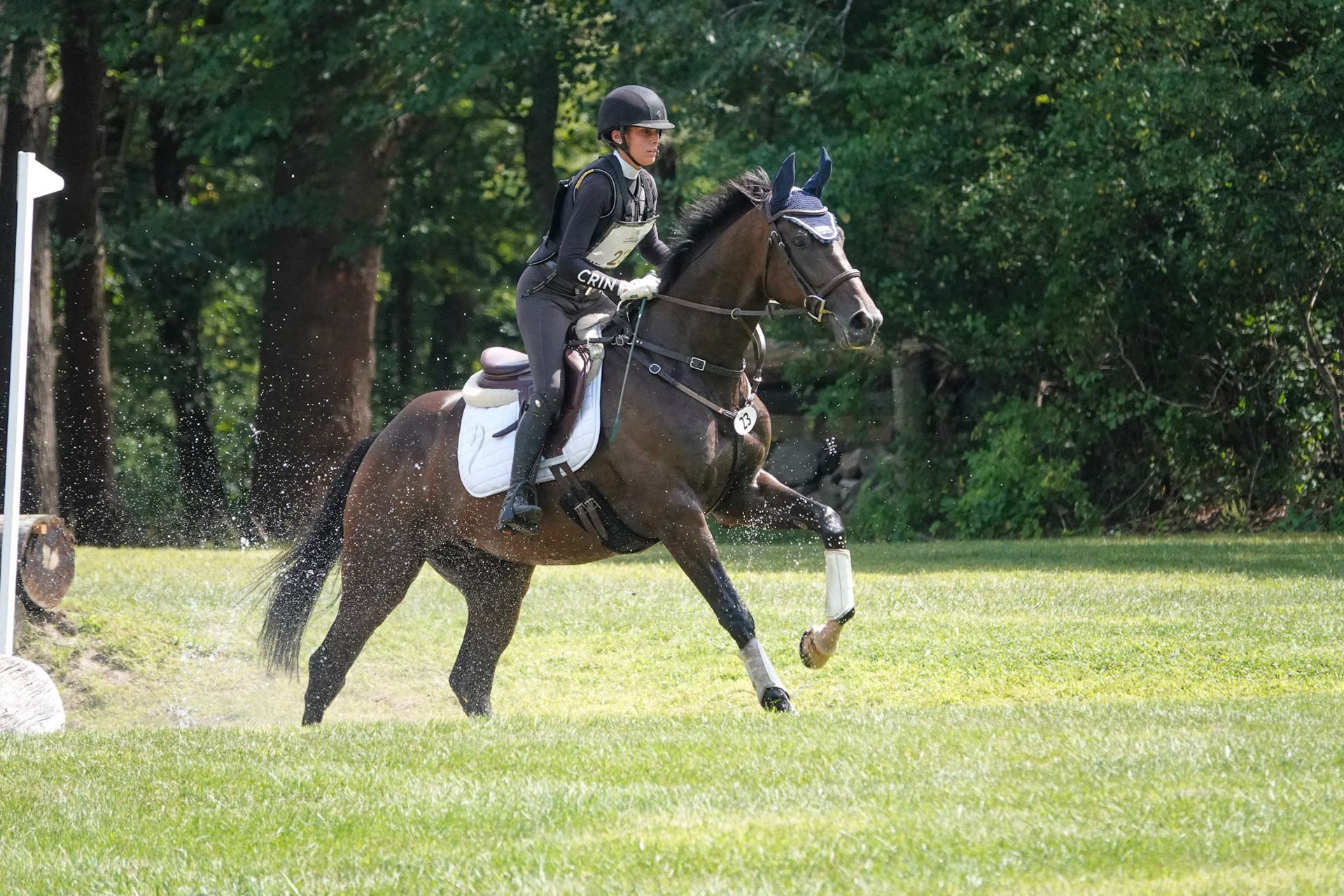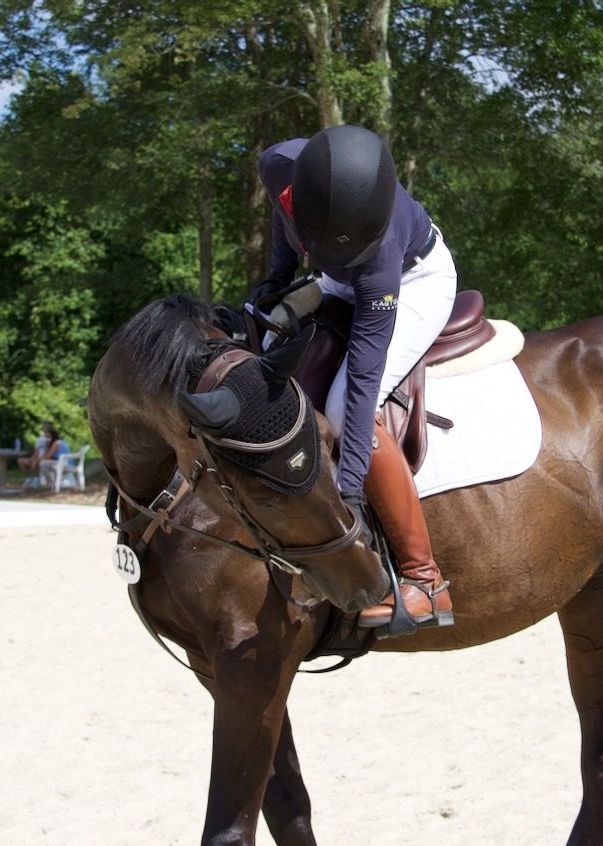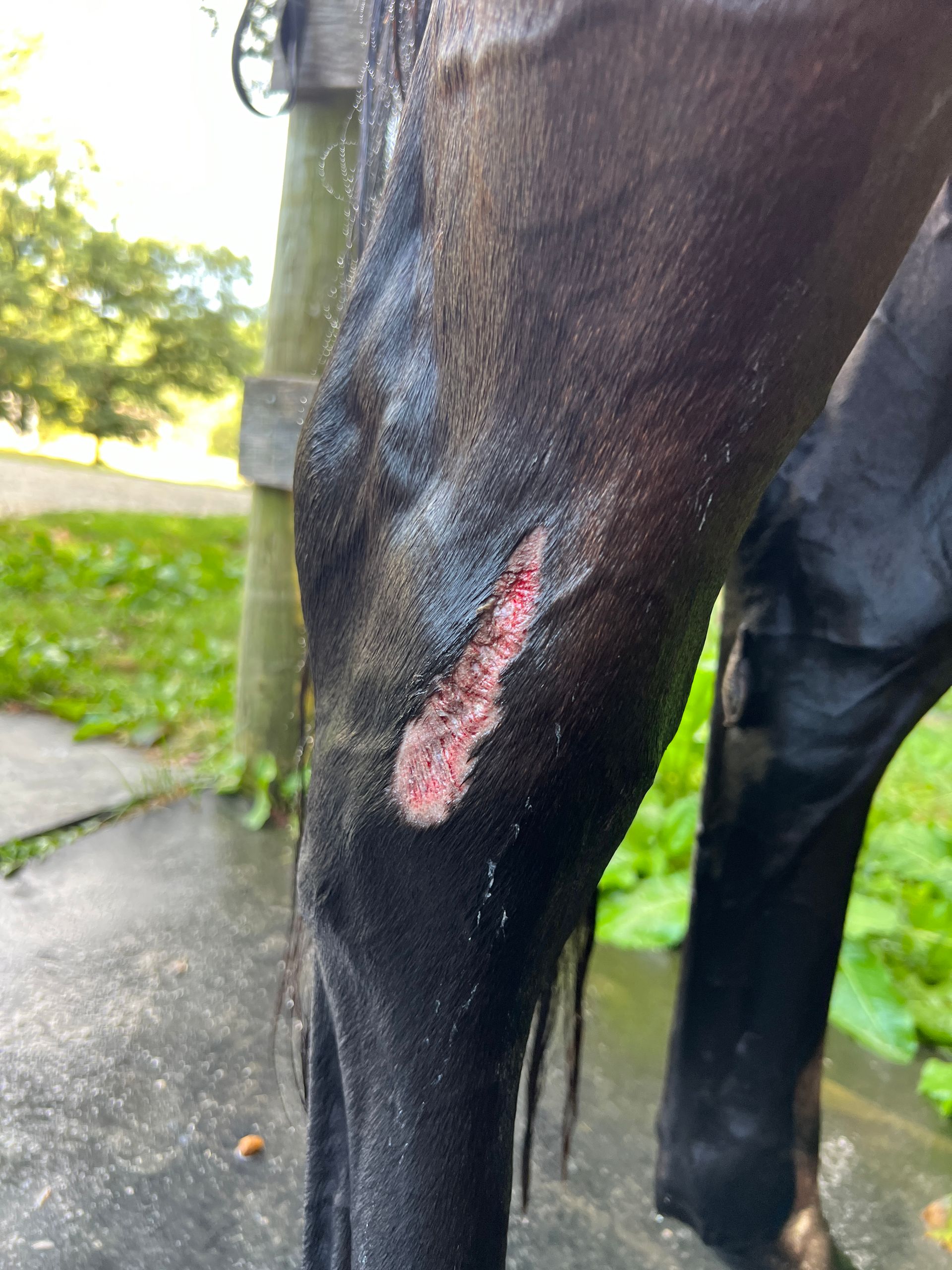Home
/ Blog
Welcome to the North Bridge Equine Knowledge Base!
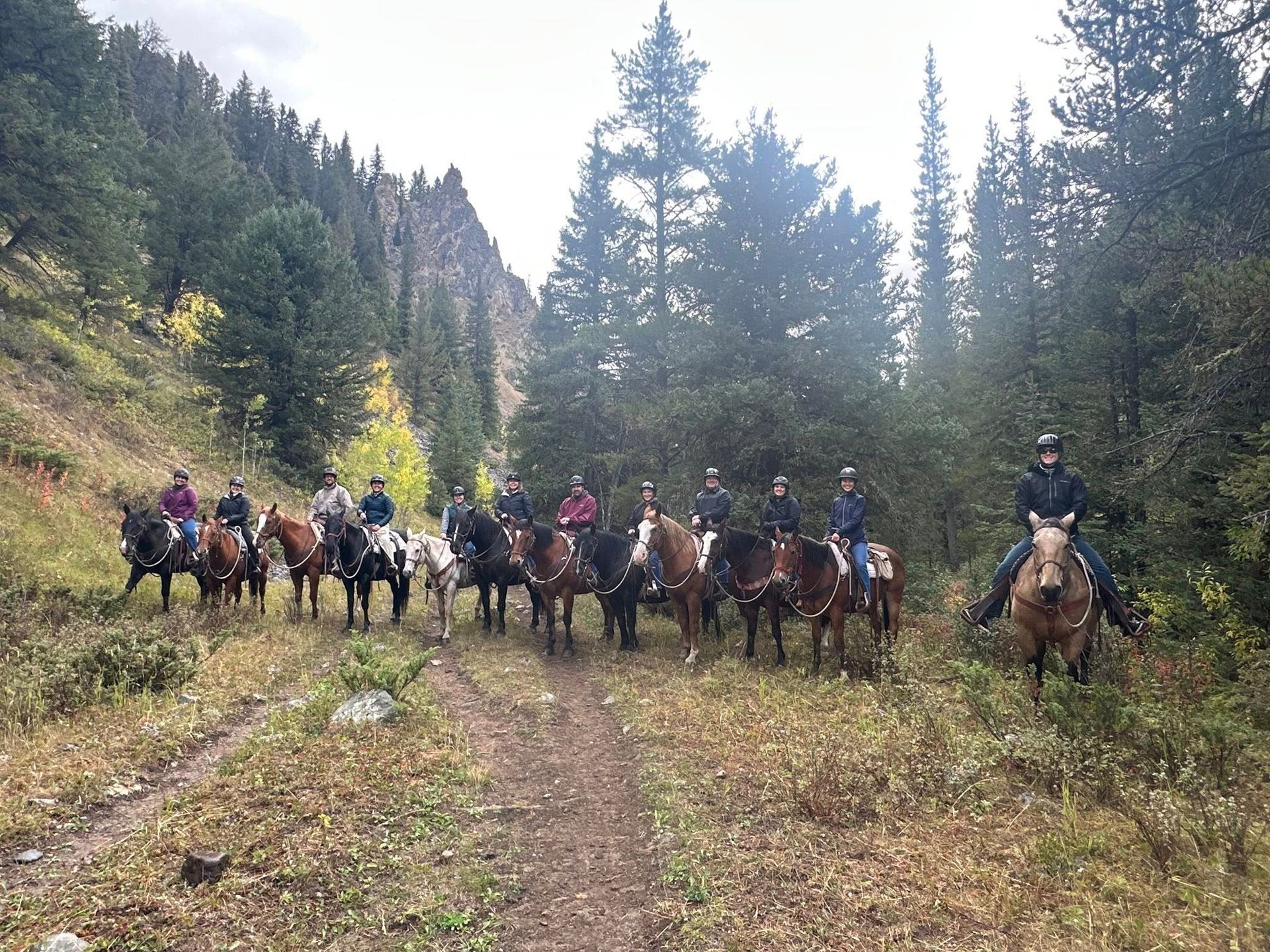
Caring for horses takes a team—and at the center of that team are equine veterinarians. But the reality is that many vets leave equine practice within their first 5–10 years. Long hours, emergency calls, and the stress of running a business can make it difficult for even the most passionate doctors to stay in the field. For horse owners, that means fewer veterinarians to call on, longer waits for appointments, and the risk of losing trusted relationships just when horses need care the most. Decade One was created to change that.
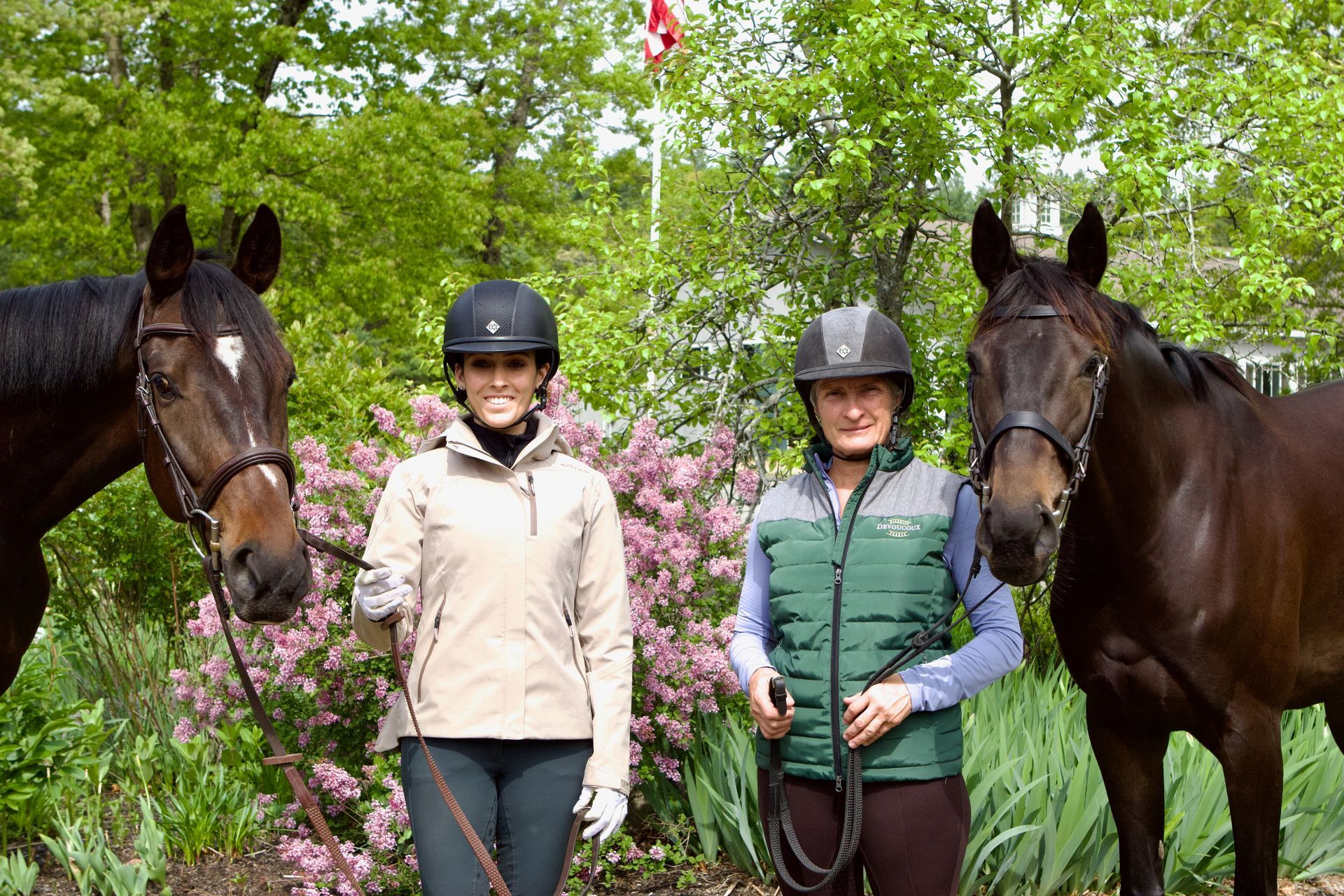
In the heart of Apple Knoll Farm, two dedicated horsewomen and long-time clients of NBEA, Adrienne Iorio and Julia Grella, are embarking on an extraordinary journey—one filled with transformation, determination, and the undeniable spirit of the Thoroughbred. Their partners in this challenge, Jasmine (Caribbean Night) and Gus (Magnetic Appeal), are no strangers to the competitive world. Once fierce contenders on the racetrack, these athletic Thoroughbreds are now stepping into a new chapter, where training meets trust, and a second career takes shape. Through the 2025 Retired Racehorse Project Thoroughbred Makeover, they will evolve into polished competitors, their talents shining brightly on the grand stage of Kentucky Horse Park this October. But this isn’t just about competition—it’s a celebration of possibility. The Thoroughbred Makeover, hosted by the Retired Racehorse Project (RRP), is the largest Thoroughbred retraining event in the world, proving time and time again that these horses are more than their race records. With disciplines ranging from dressage and show jumping to ranch work and eventing, the Makeover showcases their adaptability, heart, and limitless potential for success beyond the track. Meet the Stars of the Journey: Caribbean Night ("Jasmine") – A 2019 mare by Cross Traffic, Jasmine left her mark on the racing world with 28 starts, 3 wins, 7 seconds, and 4 thirds, earning $67,416 along the way. Magnetic Appeal ("Gus") – A 2021 gelding by Enticed, Gus showed promise with 12 starts, 2 wins, 1 second, and 1 third, securing $24,400 in earnings before finding his way to this exciting new challenge. As we cheer on Adrienne, Julia, Jasmine, and Gus, we celebrate not just their hard work, but the incredible journey of all off-track Thoroughbreds that make up a large percentage of the horses that we work with and support—their resilience, their versatility, and their boundless future beyond the track.
Recent Posts

Caring for horses takes a team—and at the center of that team are equine veterinarians. But the reality is that many vets leave equine practice within their first 5–10 years. Long hours, emergency calls, and the stress of running a business can make it difficult for even the most passionate doctors to stay in the field. For horse owners, that means fewer veterinarians to call on, longer waits for appointments, and the risk of losing trusted relationships just when horses need care the most. Decade One was created to change that.

In the heart of Apple Knoll Farm, two dedicated horsewomen and long-time clients of NBEA, Adrienne Iorio and Julia Grella, are embarking on an extraordinary journey—one filled with transformation, determination, and the undeniable spirit of the Thoroughbred. Their partners in this challenge, Jasmine (Caribbean Night) and Gus (Magnetic Appeal), are no strangers to the competitive world. Once fierce contenders on the racetrack, these athletic Thoroughbreds are now stepping into a new chapter, where training meets trust, and a second career takes shape. Through the 2025 Retired Racehorse Project Thoroughbred Makeover, they will evolve into polished competitors, their talents shining brightly on the grand stage of Kentucky Horse Park this October. But this isn’t just about competition—it’s a celebration of possibility. The Thoroughbred Makeover, hosted by the Retired Racehorse Project (RRP), is the largest Thoroughbred retraining event in the world, proving time and time again that these horses are more than their race records. With disciplines ranging from dressage and show jumping to ranch work and eventing, the Makeover showcases their adaptability, heart, and limitless potential for success beyond the track. Meet the Stars of the Journey: Caribbean Night ("Jasmine") – A 2019 mare by Cross Traffic, Jasmine left her mark on the racing world with 28 starts, 3 wins, 7 seconds, and 4 thirds, earning $67,416 along the way. Magnetic Appeal ("Gus") – A 2021 gelding by Enticed, Gus showed promise with 12 starts, 2 wins, 1 second, and 1 third, securing $24,400 in earnings before finding his way to this exciting new challenge. As we cheer on Adrienne, Julia, Jasmine, and Gus, we celebrate not just their hard work, but the incredible journey of all off-track Thoroughbreds that make up a large percentage of the horses that we work with and support—their resilience, their versatility, and their boundless future beyond the track.
